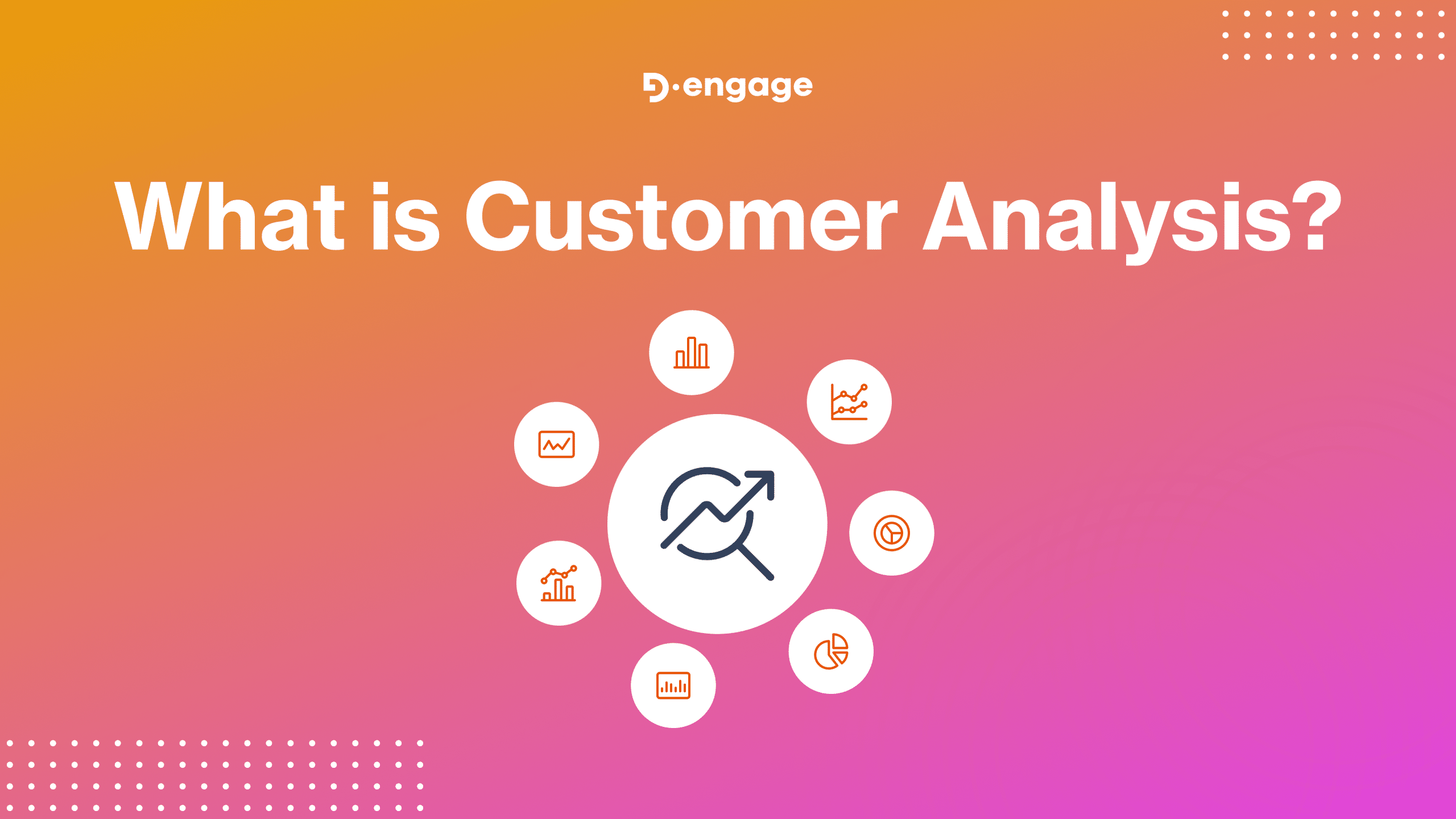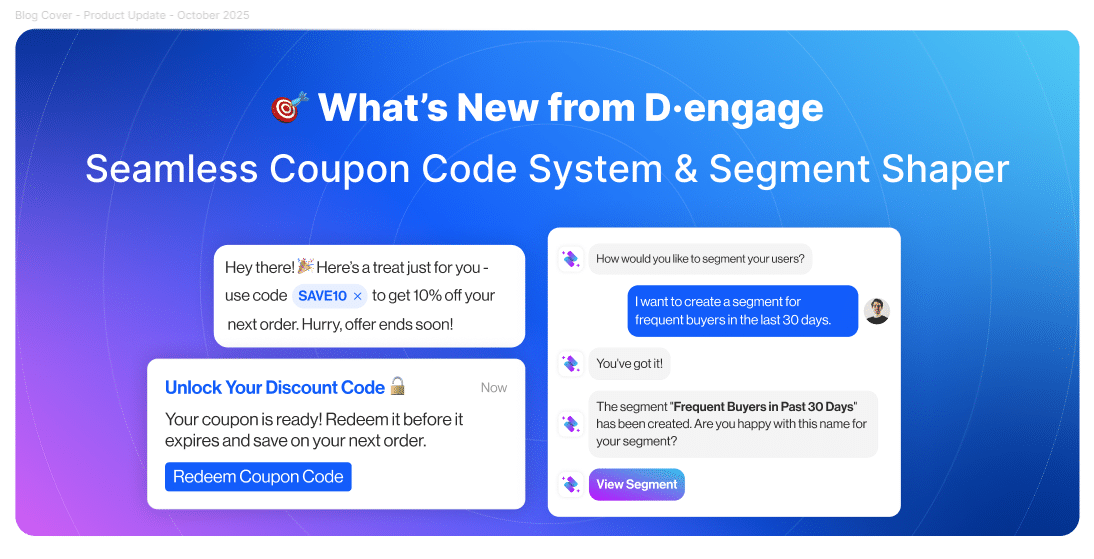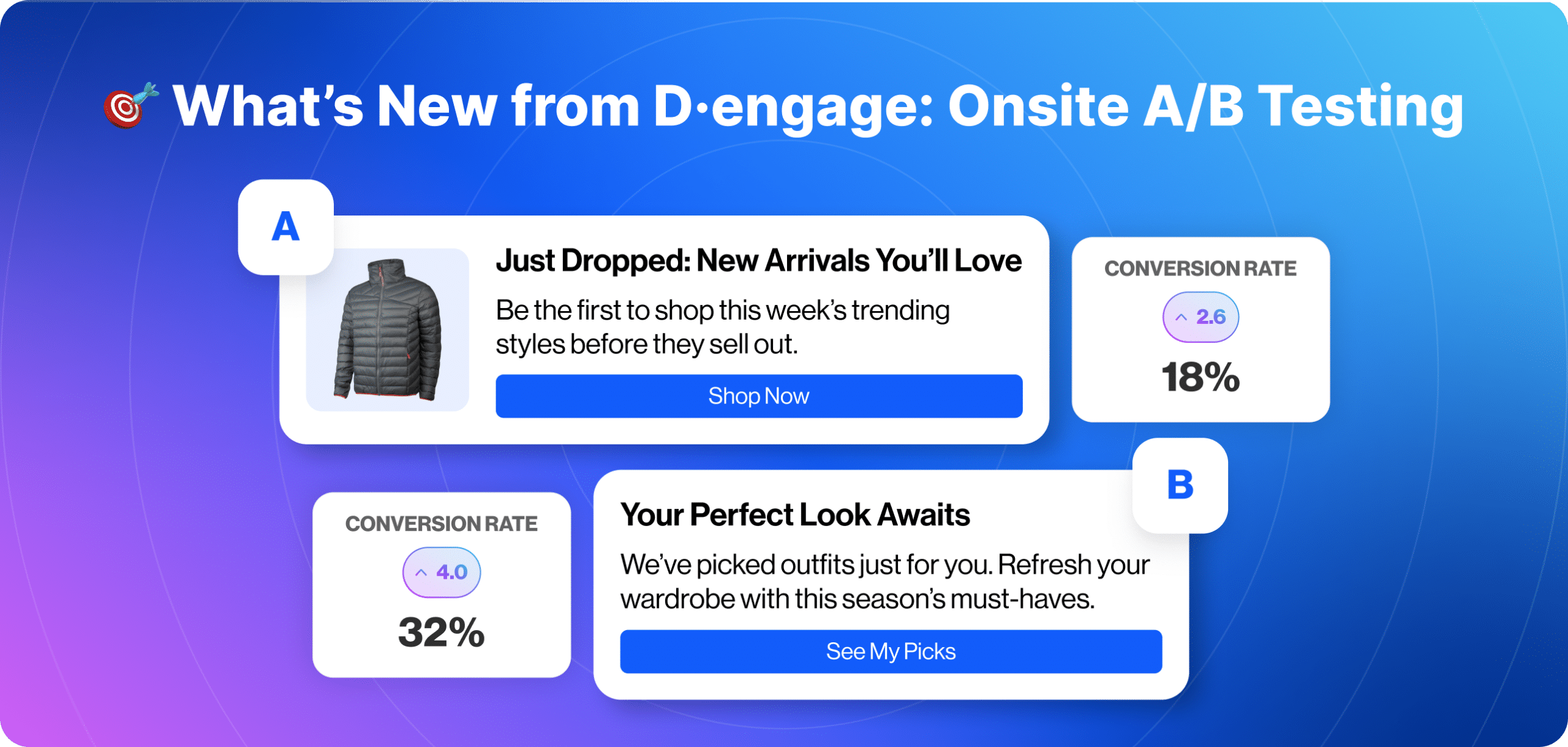Customer analysis is a fundamental practice in the digital marketing landscape, crucial for understanding customer behaviors, preferences, and needs. By leveraging data-driven insights, businesses can craft strategies that not only attract but also retain customers, fostering long-term relationships. This article delves into what customer analysis entails, its significance, and how businesses can effectively implement it using cutting-edge tools and solutions.
Understanding Customer Analysis
Definition
Customer analysis involves the systematic examination of customer data to gain insights into their behavior, preferences, and needs. This analysis helps businesses segment their audience, personalize marketing efforts, and enhance customer experiences.
Key Components of Customer Analysis
- Customer Segmentation:
Dividing customers into distinct groups based on characteristics such as demographics, behavior, and purchase history.
- Customer Profiling:
Creating detailed profiles for each segment to understand their preferences, needs, and buying behaviors.
- Behavioral Analysis:
Analyzing customer interactions across various touchpoints to identify patterns and trends.
- Feedback Analysis:
Collecting and analyzing customer feedback to gain insights into their satisfaction and areas for improvement.
Importance of Customer Analysis
- Enhanced Personalization:
Customer analysis allows businesses to tailor their marketing efforts to individual preferences, leading to higher engagement and satisfaction.
- Improved Decision-Making:
Data-driven insights from customer analysis inform strategic decisions, ensuring that marketing efforts are aligned with customer needs.
- Increased Customer Retention:
Understanding customer behavior and preferences helps in creating strategies that improve customer loyalty and retention.
Industry Analysis and Statistics
- Customer-Centric Companies:
According to Deloitte, customer-centric companies are 60% more profitable than those that are not.
- Data-Driven Marketing:
A report by McKinsey indicates that data-driven organizations are 23 times more likely to acquire customers and 19 times more likely to be profitable.
- Personalization Impact:
Research by Epsilon shows that 80% of consumers are more likely to make a purchase when brands offer personalized experiences.
- Customer Retention:
Bain & Company found that increasing customer retention rates by 5% can increase profits by 25% to 95%.
- Customer Insights:
A study by Gartner reveals that organizations that effectively use customer analytics outperform their peers by 85% in sales growth.
Implementing Customer Analysis
Steps to Effective Customer Analysis
1.Data Collection:
Gather data from various sources such as CRM systems, social media, website analytics, and customer feedback.
2.Data Integration:
Use advanced tools to integrate data from different sources to create a unified customer view. Platforms like Dengage offer robust data integration solutions.
3.Segmentation and Profiling:
Segment customers based on shared characteristics and create detailed profiles for each segment.
4.Behavioral Analysis:
Analyze customer interactions across various channels to identify patterns and trends.
5.Actionable Insights:
Use the insights gained from analysis to inform marketing strategies and improve customer experiences.
Tools and Solutions for Customer Analysis
At Dengage, we provide state-of-the-art tools to help businesses perform comprehensive customer analysis. Our platform supports data integration, real-time analytics, and advanced segmentation, enabling you to gain deep insights into your customers and tailor your marketing efforts accordingly.
Benefits of Customer Analysis
1. Enhanced Customer Understanding
Customer analysis provides a deeper understanding of your audience, enabling you to tailor your products, services, and marketing strategies to better meet their needs.
2. Improved Marketing Efficiency
By targeting the right customers with personalized messages, businesses can increase the efficiency of their marketing campaigns, resulting in higher conversion rates and ROI.
3. Increased Customer Satisfaction
Personalized experiences based on customer insights lead to higher satisfaction levels, fostering loyalty and encouraging repeat business.
4. Strategic Decision-Making
Data-driven insights from customer analysis inform strategic decisions, ensuring that businesses stay aligned with market demands and customer expectations.
5. Competitive Advantage
Businesses that leverage customer analysis gain a competitive edge by delivering superior customer experiences and staying ahead of market trends.
Conclusion
Customer analysis is a vital practice for businesses aiming to thrive in today’s competitive digital landscape. By understanding customer behaviors, preferences, and needs, organizations can create personalized marketing strategies that enhance customer experiences and drive growth. At Dengage, we are dedicated to providing innovative solutions that empower businesses to harness the power of customer analysis.
To learn more about how you can leverage customer analysis for your business, explore our product features and solutions today. Embrace the power of data-driven insights to build meaningful and lasting relationships with your customers.



